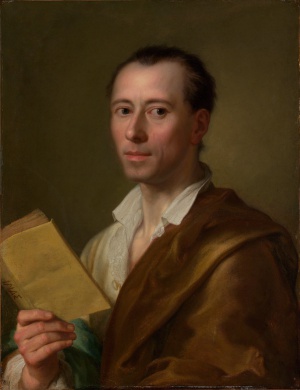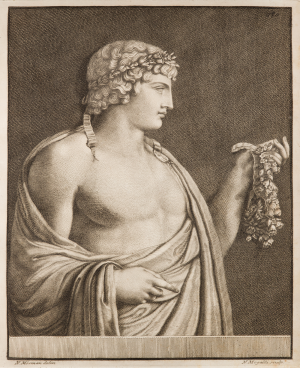(Boylove Documentary Sourcebook) - About the Personal Life and Relationships of Johann Joachim Winckelmann: Difference between revisions
m Dandelion moved page (Boylove Documentary Sourcebook) - About the Personal Life of Johann Joachim Winckelmann to (Boylove Documentary Sourcebook) - About the Personal Life and Relationships of Johann Joachim Winckelmann without leaving a redirect |
|
(No difference)
| |
Latest revision as of 01:17, 6 October 2024

From Secreted Desires: The Major Uranians: Hopkins, Pater and Wilde by Michael Matthew Kaylor (Brno, Czech Republic: Masaryk University Press, 2006). Footnotes omitted.
Note: Winckelmann became a private tutor to Peter Lamprecht in 1742, when the former was aged twenty-five and the latter fourteen.[1]
After being appointed to tutor Friedrich Wilhelm Peter Lamprecht (1728-97), son of the chief magistrate of Hadmersleben, in Sachsen Anhalt, Germany, Winckelmann soon exceeded his tutorial role, his illicit ‘friendship’ with the younger Lamprecht evolving into ‘the great love of Winckelmann’s life’. This situation became ‘a composition in pedagogy and passion’, such that ‘when Winckelmann left the Lamprecht family house in the spring of 1743 to take up a position as assistant headmaster in a school in Seehausen, the young Lamprecht followed, taking up residence in Winckelmann’s room and continuing with his lessons’ for the next five years, lessons flushed with a ‘desire that blends eros, pedagogy, and aesthetics’.

References
- ↑ Robert Aldrich and Garry Wotherspoon, eds., Who's Who in Gay and Lesbian History: From Antiquity to World War II, 2nd ed. (London; New York: Routledge, 2002), p. 578.